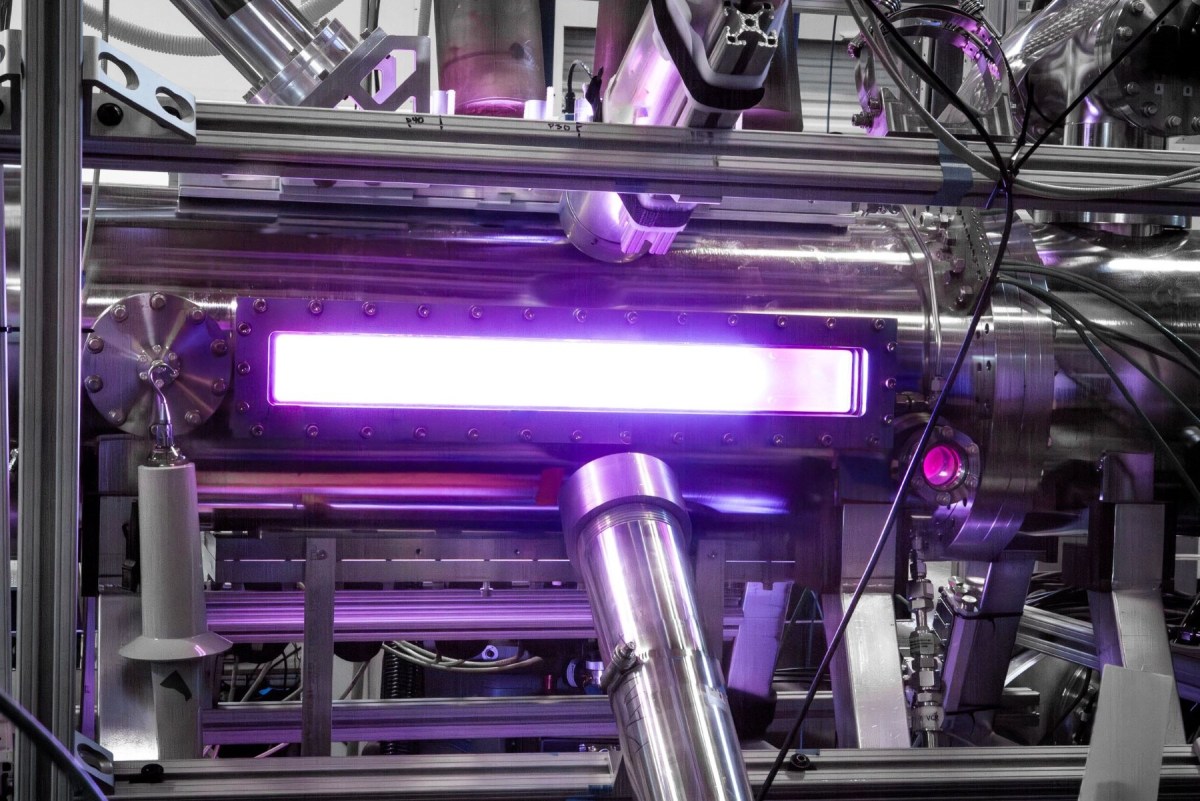The company recently closed a $130 million round, according to an SEC filing, bringing the total to $327 million.
© 2024 TechCrunch. All rights reserved. For personal use only.
The race for commercial fusion power is heating up.
Investors have poured money into fusion startups over the last several years, and one of the more recent beneficiaries of their beneficence is Zap Energy, an Everett, Washington-based startup that’s pursuing a clever approach to harnessing the power of the stars. The company recently closed a $130 million round, according to an SEC filing, bringing the total to $327 million, according to PitchBook. Only four fusion startups have raised more.
The new round was led by Soros Fund Management with participation from new investors BAM Elevate, Emerson Collective, Mizuho Financial Group, and Xplor Ventures. Existing investors also re-upped, including Breakthrough Energy Ventures, Chevron Technology Ventures, Energy Impact Partners, Lowercarbon Capital, and Shell Ventures. More investors may be named later.
The clever quip about fusion power is that it’s always “a decade away,” and that’s probably still the case. But investors have grown bullish as recent advancements, including a 2022 breakthrough at the National Ignition Facility, have suggested that commercial-scale demonstrations might finally be achievable in ten years or less.
Their motivation is clear: the chance to take a bite out of the multi-trillion dollar global energy market while decarbonizing vast portions of the economy.
While different companies take different tacks to generating and controlling fusion reactions, they all share the same basic principle: use safe, widely available fuel sources and fuse their nuclei, harnessing the resulting power to generate electricity or heat (or both).
Zap’s approach can best be described as “lightning in a bottle.” The technique, known as sheared flow stabilized Z-pinch, sends an electric current through plasma. That interaction generates a magnetic field that compresses the plasma, eliminating the need for expensive magnets or lasers that other companies and researchers have used to create the conditions necessary for fusion.
When the deuterium and tritium isotopes of hydrogen in the plasma fuse, they release neutrons and heat. That energy is absorbed by molten metal that surrounds the reaction chamber, which can then be used to generate electricity. Zap repeats this process over and over, much like a cylinder firing in an internal combustion engine.
Together, the reactor and molten metal jacket is just 10 feet across and will generate 50 megawatts of electricity at commercial scale, enough to power about 50,000 to 60,000 homes. For larger loads, the company says that several reactors can be sited together.
The new $130 million round is slightly less than the $160 million Series C the company raised in 2022. Several existing investors participated, though there were two notable exceptions: DCVC and Valor Equity Partners.
Although the round is smaller, it’s likely to help the company prove key parts of its reactor. Like many climate tech companies specializing in hardware, Zap is in the middle of what some call the “commercial valley of death.” There, startups which have proven that the science and engineering behind their technology is valid still have to spend considerable sums to get it to commercial scale.
Recently, climate tech investors have been grappling with how to navigate the uncertain terrain as their most promising portfolio companies enter the valley. Some have floated corporate venture capital as an option, while others have pointed to growth equity or project finance as a solution. The addition of Soros Fund Management and continued support by Chevron Technology Ventures, Breakthrough Energy Ventures, and others suggests that Zap is still finding support from a range of investors.

Leave a Reply